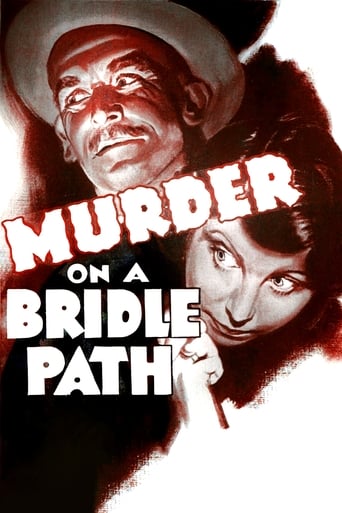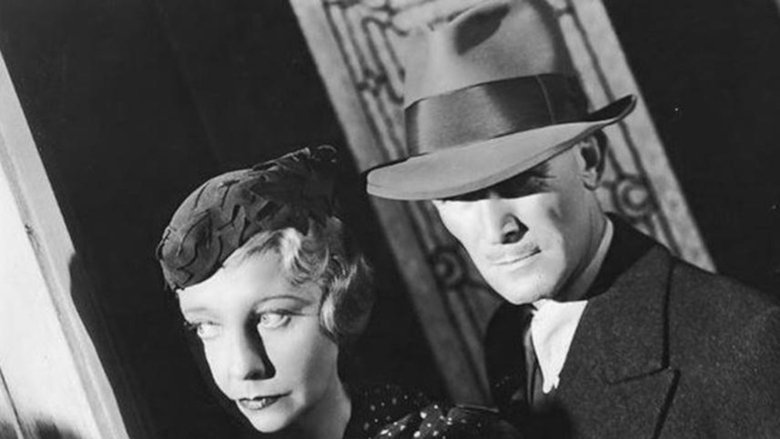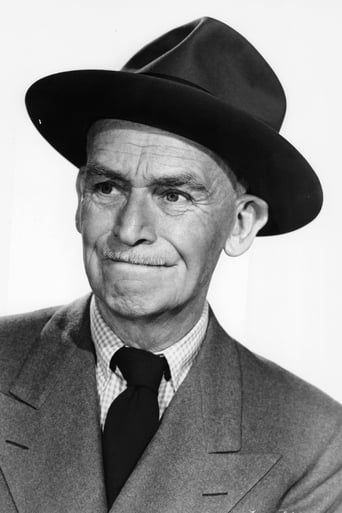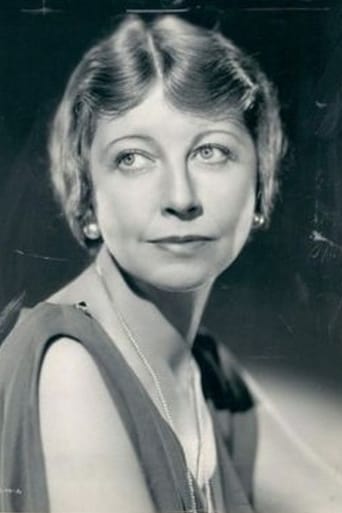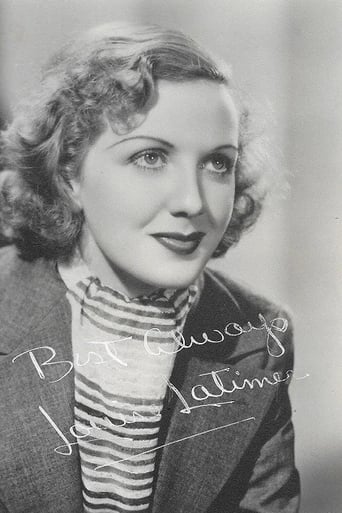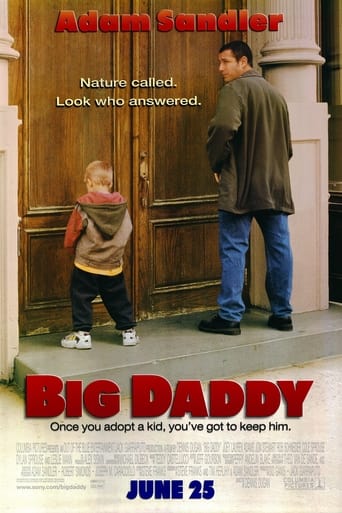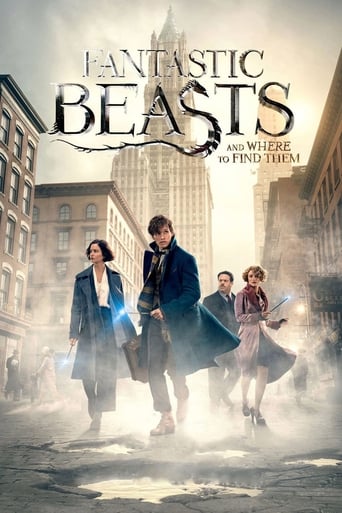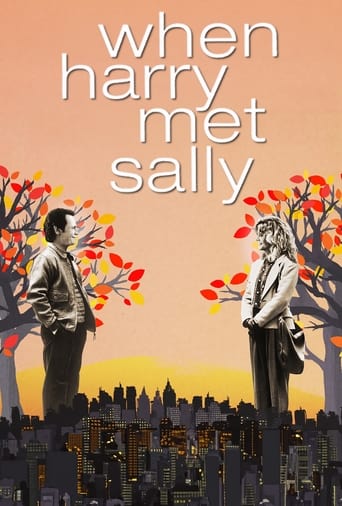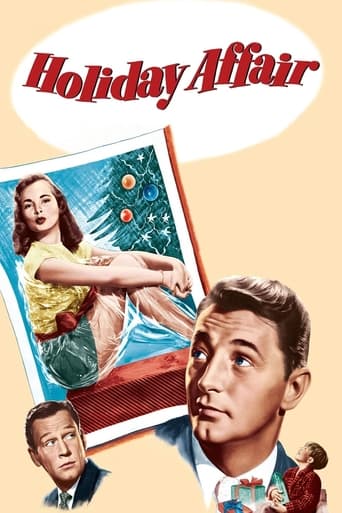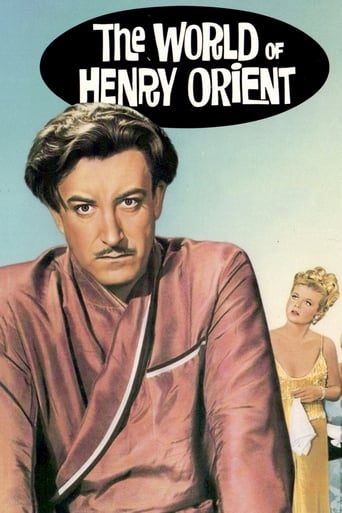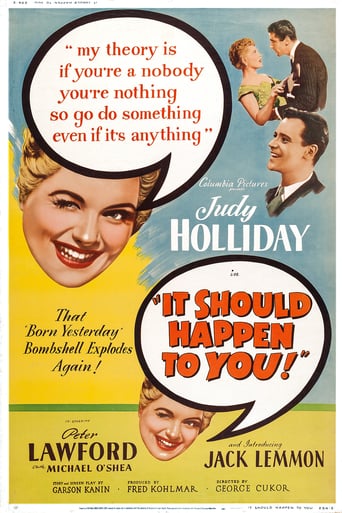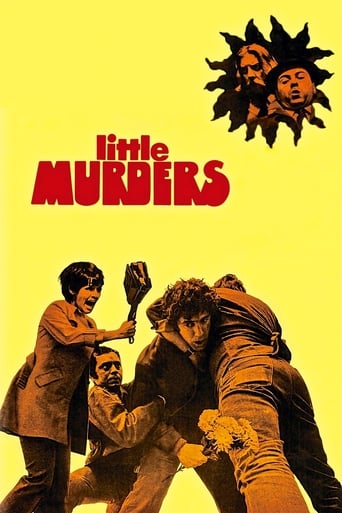Murder on a Bridle Path (1936)
When the body of Violet Feverel is discovered on the Central Park bridle path, Inspector Oscar Piper is about to declare her death accidental from a thrown horse, until his friend and amateur detective Hildegarde Withers locates the horse and discovers blood on the horse.
Watch Trailer
Free Trial Channels
Cast


Similar titles
Reviews
Better Late Then Never
Am i the only one who thinks........Average?
I wanted to like it more than I actually did... But much of the humor totally escaped me and I walked out only mildly impressed.
It’s fine. It's literally the definition of a fine movie. You’ve seen it before, you know every beat and outcome before the characters even do. Only question is how much escapism you’re looking for.
"It would be you," Inspector Piper nods the moment he turns and sees Hildegarde Withers arriving on the scene. "It's gotten so, Hildegarde, a person can't be killed within the city limits without your showing up." This is, indeed, the fourth murder case on which Miss Withers assists, critiques, leads, follows, and just generally offers suggestions to her crusty detective friend. James Gleason's Oscar Piper is once again easily chagrined but grudgingly respectful of Miss Withers' detecting skills; Helen Broderick takes on the role of school teacher and amateur sleuth Hildegarde Withers for the first and only time. This Withers is a bit less tart and somewhat more conscious of her own wittiness than the earlier Withers (as portrayed by Edna May Oliver). Broderick and Gleason quickly establish a rapport and relationship that—as in the earlier films in the series—is easily our primary reason for watching.The plot involves the death of society girl Violet Feveral, played (albeit briefly) with delicious nastiness by Sheila Terry. Suspects abound—this Violet was, in the best whodunit tradition, wildly unpopular and had handed out insults and injuries to numerous other characters in the hours and days before her death. The familiar faces in the lineup of suspects include Louise Latimer as a sister to the victim; John Carroll as a family employee; and Leslie Fenton, who is quite good as the nervous ex-husband who has just been mysteriously released from jail. Willie Best stands out in his usual thankless role as a stable boy who may have a clue or two; his deadpan delivery when answering questions (What was he doing in jail? "Shooting craps." No, what was he in jail for? "Shooting craps.") squeezes the maximum out of a role that's otherwise a lame stereotype.The mystery itself is not particularly inventive or suspenseful; however, the story moves along briskly and the actors and script are competent if not brilliant. The interaction between Gleason and Broderick is clearly presented as the center of the picture—and that relationship between a couple of pros is a lot of fun to watch. (One example: Oscar suggests that the murder was a "crime of passion," to which Hildegarde snaps, "Oscar, don't you think we'd better try to keep this case clean?") Bonus: we are instructed what can be learned about a person from examining his pipe!
... you never saw its three predecessors in which Edna May Oliver played schoolteacher Hildegarde Withers, partner in sleuthing to police detective Oscar Piper (James Gleason). There was something very special about the chemistry between these two. However, Helen Broderick is a more than adequate stand-in who manages to get a few good zingers in at the expense of Piper, which was the trademark of Withers when Oliver played the part.In this entry in the series, a pretty but difficult young woman makes enemies of everyone around her, although we're told about this more than we see it - the girl barely gets more than a scene before she is murdered while riding her horse one morning. Only the homicide investigation turns up the most likely suspect - a rich ex-husband who was a husband in the first place only because the murdered woman wanted a big payoff in the form of alimony. Piper thinks he's on to something until he learns that the man in question was in jail for non payment of alimony at the time, and that the man's only close living relative, his father, who also hates the girl for what she has done to his son, is an invalid incapable of traipsing around parks early in the morning. There are other numerous less likely suspects introduced just to keep you guessing. As usual, Hildegarde out-sleuths Piper at several key junctures, but she also makes a key miscalculation that leads up to a big joke at her expense in the last scene, after the mystery is solved. The fact that this one word - applesauce - could ever have been considered a curse word of sorts may seem strange to modern audiences. Stranger still was that the production code was so sensitive at the time that the film had to make the retort to Hildegarde appear to have two meanings. This one is an above average mystery and well acted, just don't expect the magic of the ones with both Gleason and Oliver starring.
The underrated fourth entry in the six film series drawn from Stuart Palmer's "Hirdegarde Withers" mysteries ironically has as its greatest strength its greatest weakness: delightful lead Helen Broderick.The idea to replace the perfect Withers, the arch and tightly corseted Edna May Oliver with the sophisticated, spiritually if not literally uncorseted Broderick would seem to have been grounded in the wonderful wise cracking relationship Withers had with James Gleason's much put-upon Inspector Oscar Piper, and to that extent it works. Broderick, the beloved sophisticate of the Fred Astaire films TOP HAT and SWING TIME, gets off some good ones ("Oh, I have some influence with Inspector Piper; we used to room together in college!"), but it's hard to picture her as the prim school teacher that Palmer's Miss Withers says she is.The film has the further drawback for some modern audiences in incorporating some of the racist stereotypes of the era in Willie "High Pockets" Best's excellent performance as the slow but steadfast stable boy who may be near the center of the mystery. In 42 films from 1934 to 1947 (just to consider the ones reviewed in the New York Times - some, like HIGH SIERRA and CABIN IN THE SKY, genuine classics), Best took the work Hollywood offered and made his characters shine - whatever limitations Hollywood may have placed on the casting of black actors.MURDER ON A BRIDLE PATH has a good cast all around (among the series regulars, James Gleason's Piper, James Donlan's comic detective and Gustav Von Seyffertitz's police doctor are some of their best performances), and boasts an excellent mystery at the core. The OBSERVANT viewer even has an honest chance to beat Withers and Piper to the solution despite some delicious red herrings along the way. Radio Pictures had clearly moved the series to a back burner when Oliver left (no more "name" producers and even Max Steiner's musical contributions went uncredited this time), but at least with Broderick finding the clues and lending a major hand with the comedy, the quality stayed high. Later in the year, the studio would turn to Zasu Pitts for two final "Miss Withers" films, and while she would return the unsophisticated primness to the character and (in small doses) Pitt could be a brilliant diffident comedienne, the quality of the writing and the chemistry between Hildegarde and Oscar never regained the level it had maintained with Edna May Oliver and Helen Broderick.It's a pity, because the franchise was one of the more enjoyable creations of the 30's when the "cozy" mystery was at its peak and every studio seemed to be trying their hand at popularizing distinctive detectives from Philo Vance and Nick & Nora Charles to Charlie Chan and Mr. Moto. Miss Withers is missed.
This fourth movie in the Hildegarde Withers-Oscar Piper series has Helen Broderick replacing Edna May Oliver in the Withers role. She's the most sophisticated of the three who played the role (the other was ZaSu Pitts) but I still enjoyed the banter she has with James Gleason, who played Piper in the entire series. The plot is a bit hard to follow (I watched it twice to clear up some points) and it is impossible to determine or even guess who the killer is. That didn't bother me, since I had fun with lots of comedy in the film. Willie Best has his usual steroetyped negro role and James Donlan plays the more-or-less inept detective. I particularly enjoyed the red herring of the pipe, which eventually reveals how to tell if a person has false teeth.

